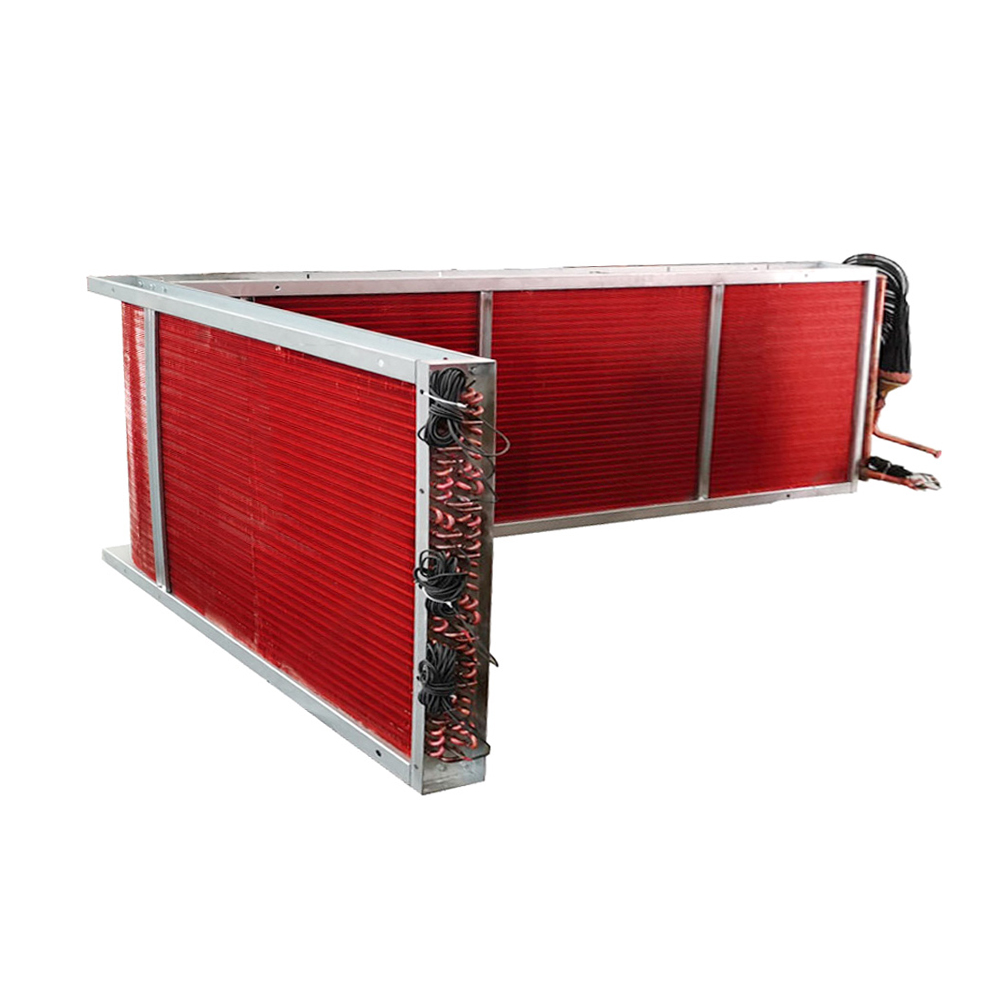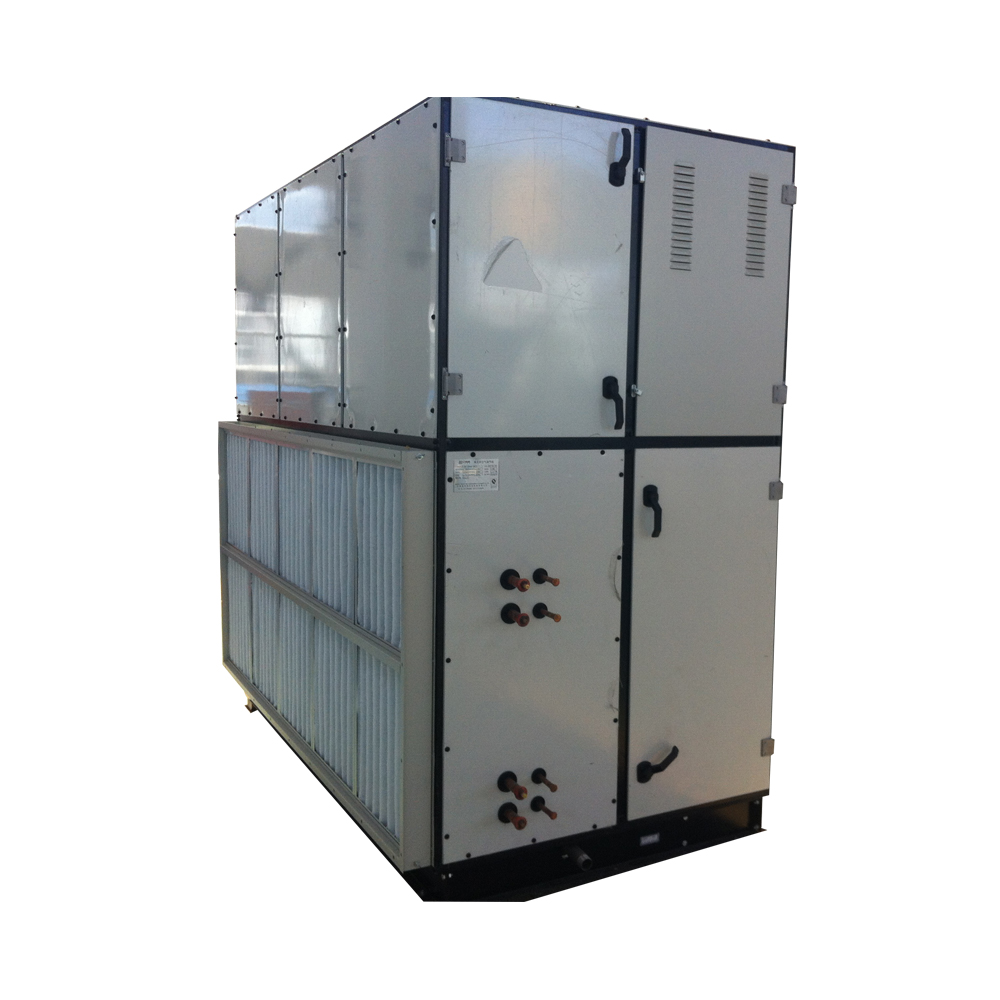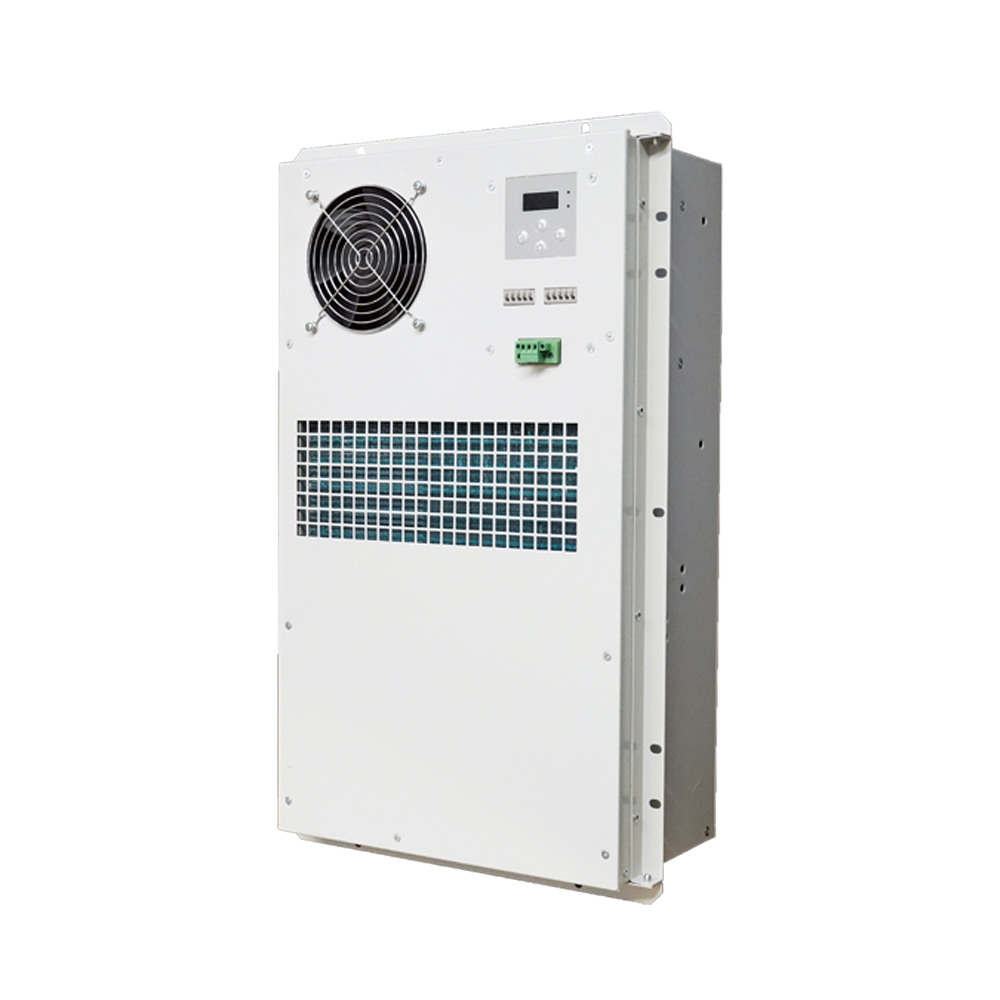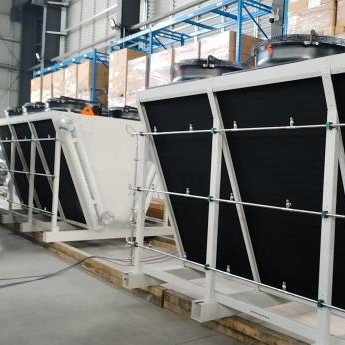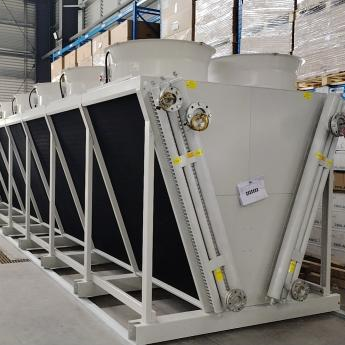This article provides a comprehensive guide to adiabatic cooling systems, exploring their principles, applications, advantages, disadvantages, and considerations for selection and implementation. We'll delve into different types of adiabatic cooling systems, examine real examples, and offer insights for optimizing their performance. Whether you're seeking to reduce energy consumption, improve indoor comfort, or explore sustainable cooling solutions, this guide will equip you with the knowledge to make informed decisions.
How Adiabatic Cooling Works
The Principle of Adiabatic Cooling
Adiabatic cooling relies on the principle of evaporative cooling. When water evaporates, it absorbs heat energy from its surroundings, leading to a decrease in temperature. This process is naturally occurring, as seen on a hot day when sweating cools the body. Adiabatic cooling systems harness this principle artificially, using various methods to increase the rate of evaporation and achieve significant cooling effects.
Types of Adiabatic Cooling Systems
Several types of adiabatic cooling systems exist, each with its own strengths and weaknesses. These include:
- Direct Evaporative Cooling: This method directly introduces water into the airstream, maximizing the cooling effect. However, it may also increase humidity levels.
- Indirect Evaporative Cooling: This method utilizes a heat exchanger to separate the evaporative process from the cooled air, offering better control over humidity.
- Hybrid Systems: Combining aspects of direct and indirect evaporative cooling, these systems aim for optimal performance depending on climate conditions and application needs.
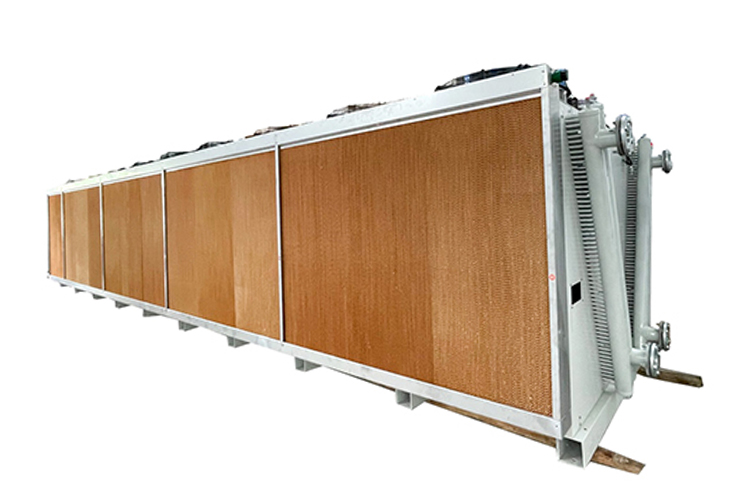
Applications of Adiabatic Cooling Systems
Industrial Applications
Adiabatic cooling systems find extensive use in various industrial settings, including:
- Data centers: Keeping sensitive equipment cool while minimizing energy consumption.
- Manufacturing facilities: Maintaining optimal temperatures for processes and worker comfort.
- Power generation: Cooling components and reducing overall energy demands.
Commercial and Residential Applications
Beyond industrial use, adiabatic cooling is increasingly employed in:
- Commercial buildings: Reducing reliance on traditional air conditioning and lowering operational costs.
- Residential settings: Providing comfortable and energy-efficient cooling for homes, especially in hot, dry climates. For example, evaporative coolers are popular choices.
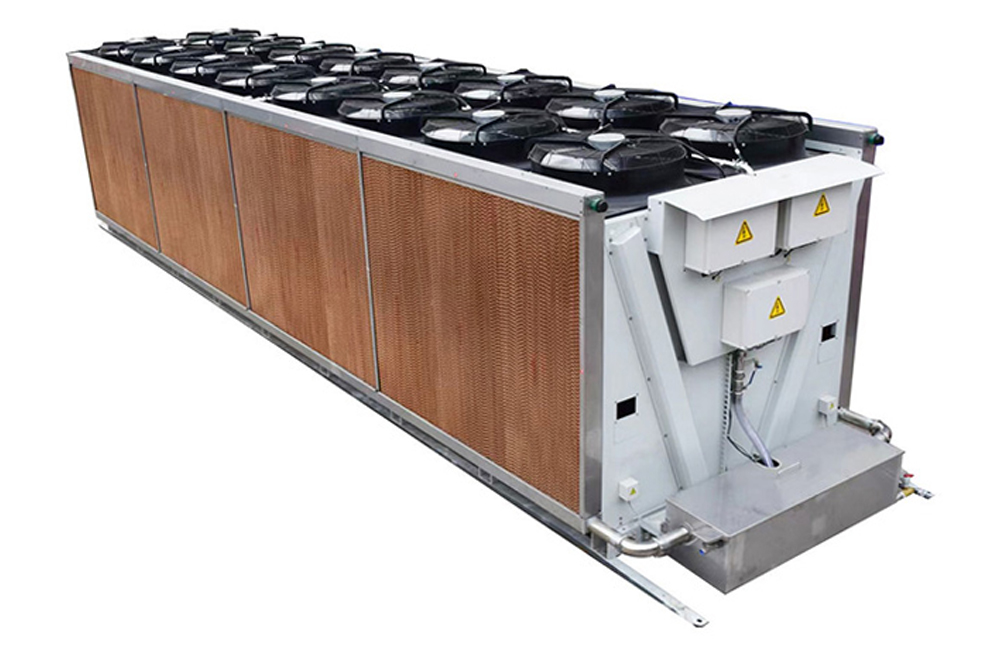
Advantages and Disadvantages of Adiabatic Cooling
| Advantage |
Disadvantage |
| Energy Efficiency |
Humidity Increase (Direct Systems) |
| Reduced Environmental Impact |
Water Consumption |
| Lower Initial Investment (Compared to some HVAC systems) |
Climatic Limitations (Most effective in dry climates) |
Choosing the Right Adiabatic Cooling System
Selecting the appropriate adiabatic cooling system depends on several factors, including:
- Climate conditions
- Space requirements
- Budget
- Energy efficiency goals
- Humidity tolerance
Consult with experts to determine the optimal solution for your specific needs. For high-performance and reliable adiabatic cooling systems, consider exploring the options available from Shanghai SHENGLIN M&E Technology Co.,Ltd.
Conclusion
Adiabatic cooling systems offer a viable and sustainable alternative to traditional cooling methods in many applications. By understanding their principles, advantages, and limitations, you can make informed choices to optimize your cooling strategy and achieve energy efficiency and environmental responsibility. Remember to consider factors such as climate, space, and budget when selecting the right system for your specific needs











